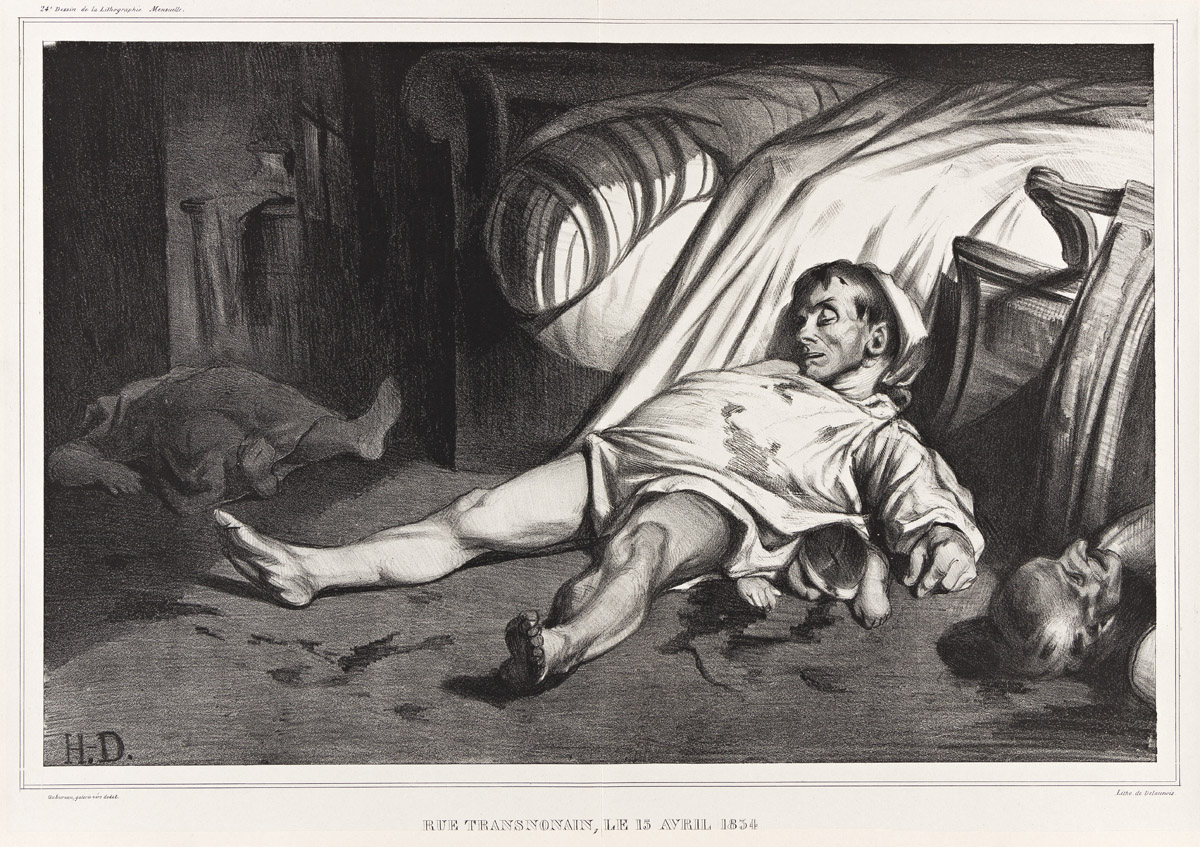Sale 2585 - Lot 152
Unsold
Estimate: $ 10,000 - $ 15,000


Aliquam vulputate ornare congue. Vestibulum maximus, libero in placerat faucibus, risus nisl molestie massa, ut maximus metus lectus vel lorem.